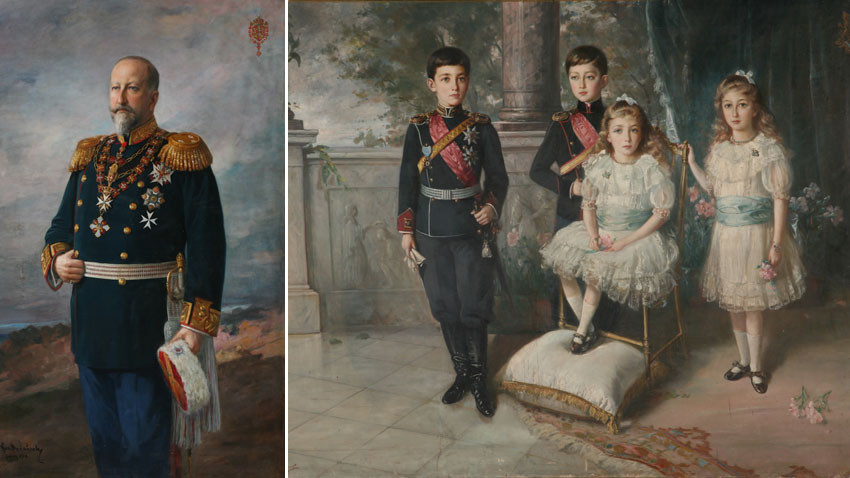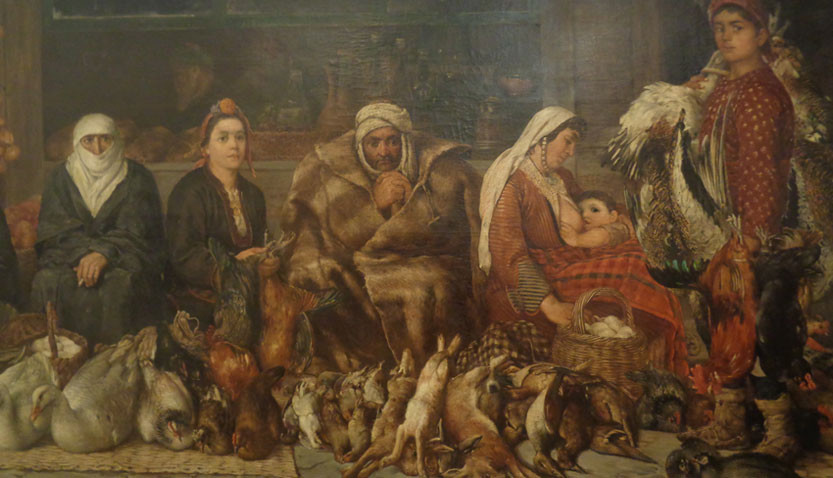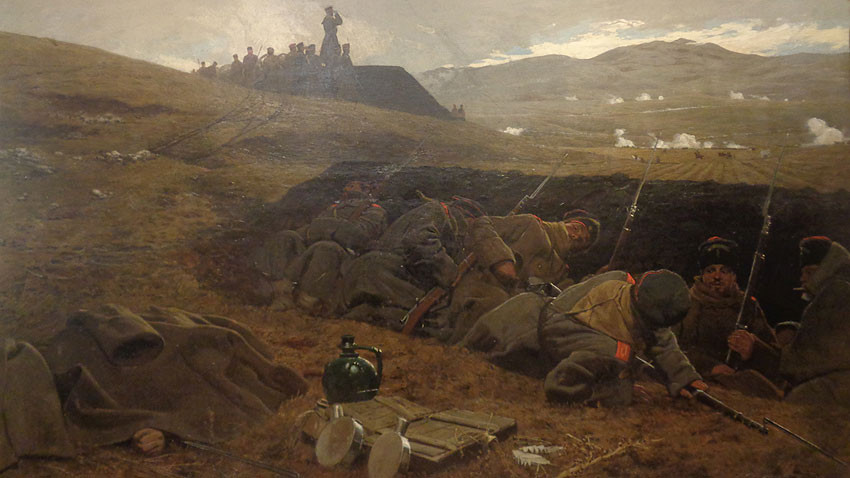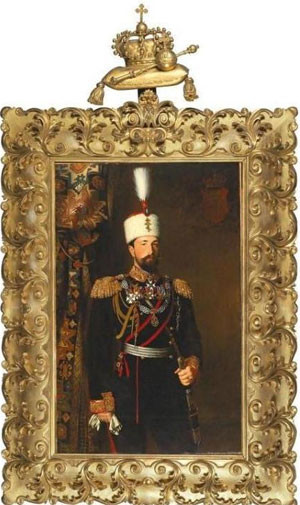An original exhibition called “The palace for art” is on in the heart of Sofia and will stay there for more than 10 months – from 1 March, 2019 to January 2020. The exhibition takes us on a journey back to the time when the building of the National Gallery really was a royal palace – a prince’s and tsar’s palace.

The transition to modern times isn’t quite so “revolutionary”, because the monarchs of the young third Bulgarian kingdom had a taste for fine arts. This is especially true of Tsar Ferdinand, who ruled from 1887 to 1918/up until 1908 as a prince/. The palace was a refined hub of culture. Generations of original Bulgarian artists evolved, many of whom were frequent guests at the royal palace, or had the support of the royal family.
The exhibition presents art from the close of the 19th and the turn of the 20th century, mostly during the time of Tsar Ferdinand, but also the palace itself, its interior as the old century gave way to the new one. Foreign art made its way into Bulgaria in a big way with paintings from the monarch’s personal collection. Bulgarian painters, mostly court artists, made copies of European masterpieces. As time went by, an original Bulgarian school of painting evolved. Some of the master painters - like Ivan Mrkvička and Jaroslav Věšín who were Czech – were foreigners.

That too is no exception in the national schools of European art. Jean-Baptiste Lully /1632-1687/, the foremost French composer was actually Italian, and he carried the grand art of Italian music over to Versailles. In this country, a myriad of Bulgarian painters joined the more experienced artists from Central Europe.

“A large team of colleagues from the National Gallery worked on this exhibition, a lot of facts had to be checked out regarding the interior and its functions, the works we have here,” said the gallery’s director Iaroslava Boubnova at the opening of the exhibition. “Many of these works, for obvious political reasons, have not been shown for decades, and the National Gallery’s restorers faced a formidable task, serious, in-depth work had to be done. That was a decision we made so as to bring a portion of the historical past back to its visual existence.”

That was how the exhibition came to fill in a blank in the knowledge we have of past life and culture. The exposition presents the foremost painters of the time like Anton Mitov, Tseno Todorov, Nikola Petrov. But also lesser known names like Elena Karamihaylova /1875-1961/, one of the first women professional artists in Bulgaria and the first Bulgarian female impressionist.

The hall known as “The red salon” has been restored, and now the paintings that once hung on its walls when the building was a royal palace are back in their place.

 A number of documents are on display, a testimony to the role played by the state and the tsar in fostering Bulgarian fine arts. For example, there is a letter about the 10th international art exhibition in Munich and the part played by Tsar Ferdinand in organizing Bulgaria’s presentation at it. The big portrait of the first Bulgarian prince Alexander of Battenberg (who reigned from 1879 until 1886) by German artist KonradDielitz is on public display for the first time with the support of the Ministry of Culture. The portrait was bought at an auction in Vienna by the Bulgarian state at the beginning of this year. The work is emblematic - of art, and of statehood in newly liberated Bulgaria (1878). The portrait of the young prince exudes a spirit of optimism, and his military uniform was to prove to be more than a symbol – soon he was to become supreme commander in the Serbo-Bulgarian war (November 1885) which sealed the reunification of Northern with Southern Bulgaria in September that same year.
A number of documents are on display, a testimony to the role played by the state and the tsar in fostering Bulgarian fine arts. For example, there is a letter about the 10th international art exhibition in Munich and the part played by Tsar Ferdinand in organizing Bulgaria’s presentation at it. The big portrait of the first Bulgarian prince Alexander of Battenberg (who reigned from 1879 until 1886) by German artist KonradDielitz is on public display for the first time with the support of the Ministry of Culture. The portrait was bought at an auction in Vienna by the Bulgarian state at the beginning of this year. The work is emblematic - of art, and of statehood in newly liberated Bulgaria (1878). The portrait of the young prince exudes a spirit of optimism, and his military uniform was to prove to be more than a symbol – soon he was to become supreme commander in the Serbo-Bulgarian war (November 1885) which sealed the reunification of Northern with Southern Bulgaria in September that same year.
English version: Milena Daynova
Photos: National Art Gallery and Veneta PavlovaThe eighth International Violin Competition “Vasco Abadjiev” will take place in Sofia from 20 to 23 November, attracting record interest. The organizers from the UNESCO Club “Leonardo da Vinci” – Sofia are delighted to have received 32 applications..
Stefan Komandarev’s film “Made in EU” has won the Critics’ Prize at the Arras Film Festival in France, the film’s team announced. The jury was composed of film critics and journalists from France 2, France Inter, Allociné, Konbini, Vanity Fair, and..
The first Sound and Light multimedia show took place at Tsarevets fortress in Veliko Tarnovo in 1985. The occasion – the 800 th anniversary of the uprising by Peter and Asen that led to the restoration of Bulgarian statehood after two..

+359 2 9336 661
